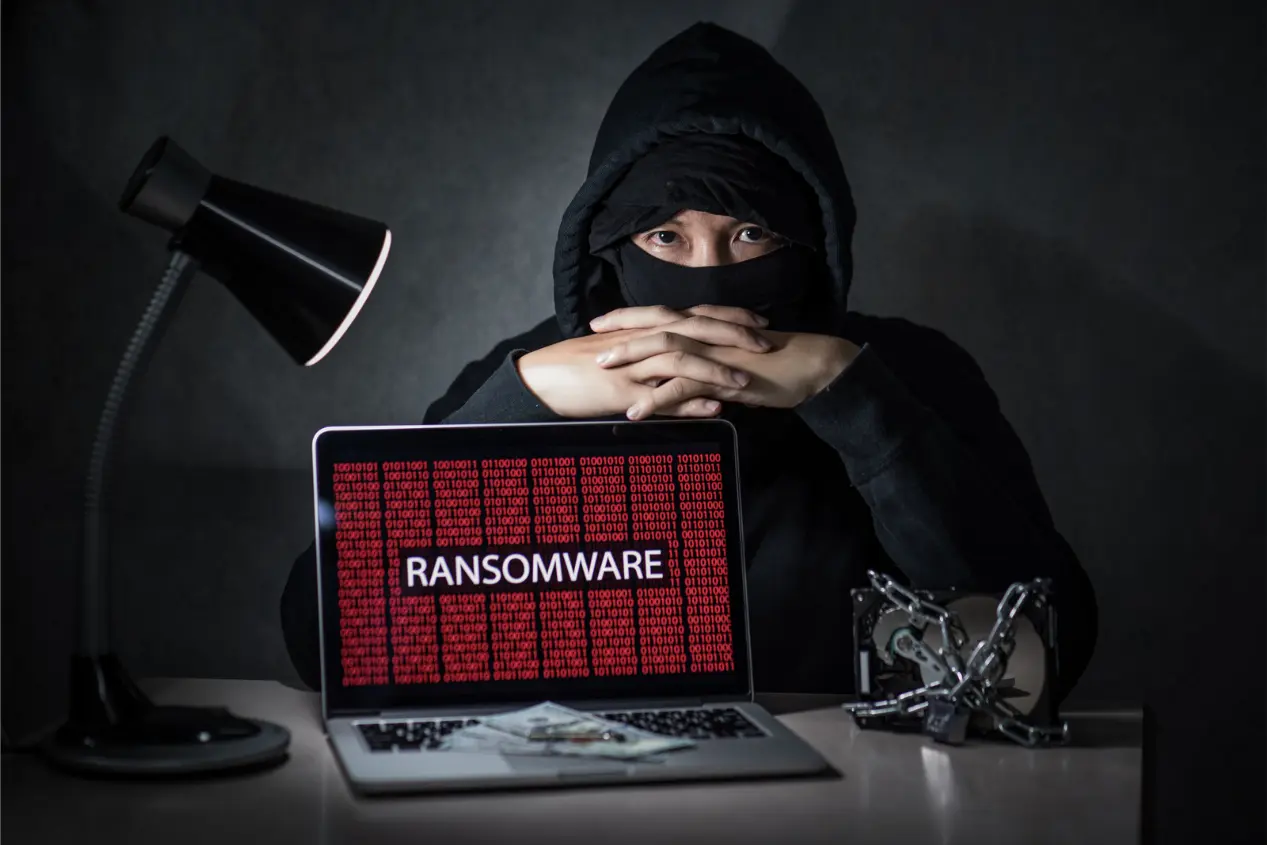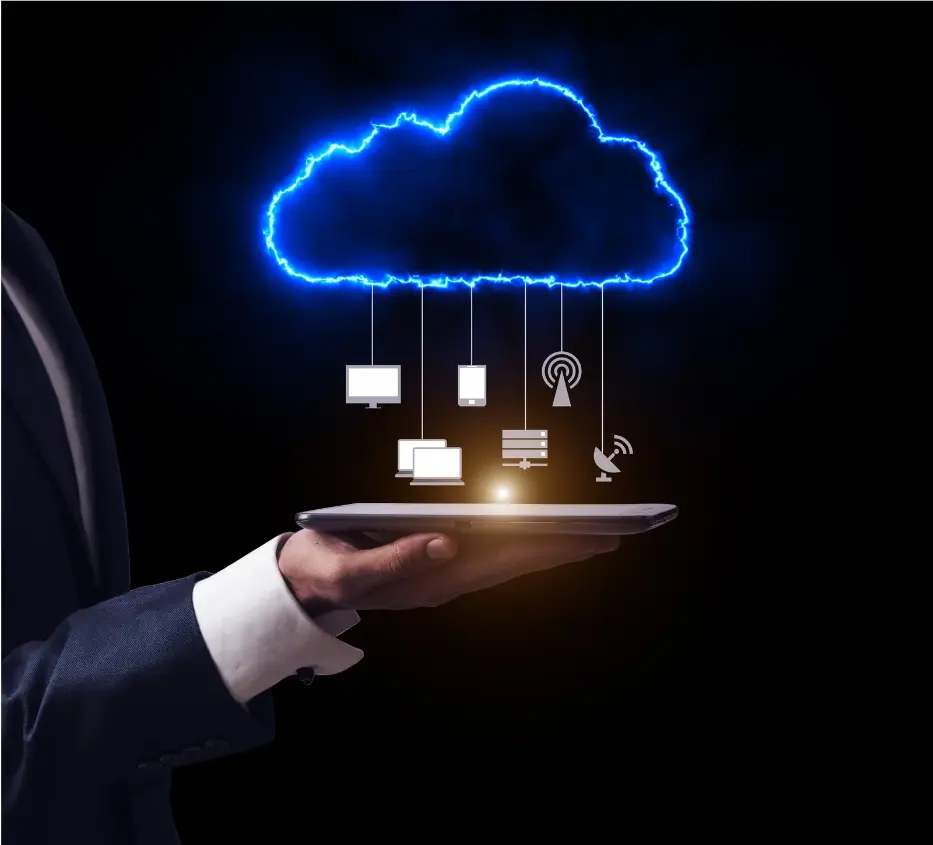Recovery Point Objective Explained for Enterprises

Ransomware attacks threaten businesses everywhere. No organization, large or small, is really safe from its reach. Ransomware gangs have everyone in their sights, and they are targeting not only traditional on-premises environments but also critical data in cloud SaaS environments. Unfortunately, many enterprise organizations only rely on anti-phishing tools and other more traditional security solutions to prevent attacks. These traditional protections are proving not to be enough.
Moreover, enterprise organizations must accept the reality that a ransomware attack WILL happen. It’s not a question of “if” but “when.” In addition to using prevention tools and strategies, enterprises must keep the concept of Recovery Point Objective (RPO) in mind. What is RPO, and why is it so important?
What is Ransomware?
Ransomware is a type of malware variant that encrypts enterprise data using a process known as public key encryption. Usually, encryption is supposed to protect data from falling into the wrong hands and make it unreadable to prying eyes. However, in this case, it allows attackers to flip the “security tables,” so to speak, and hold data hostage from its rightful owners.

It often attacks silently and slyly as the malware process works its way through an organization’s critical data sets. Often, organizations realize they have been attacked only when the damage is done.
The attacker has the private encryption key and only shares access to this key with the victim once the ransom is paid. Even then, decryption may be uncertain at best, as there is no guarantee they will get their data back. Due to these facts, ransomware attacks are devastating and can cause long disruptions and financial losses.
Ransomware in the news
Ransomware continues to make news headlines. Note the following recent ransomware attacks and the disruptions they caused:
- Ascension Health Ransomware Attack – In May 2024, Ascension Healthcare, the largest nonprofit and Catholic health system in the United States, was hit by a ransomware attack. Operations were impacted across 142 hospitals. Staff had to revert to using manual processes due to electronic health records (EHRs) not being accessible. Patient care and safety were significantly affected by the attack.
- Synnovis Ransomware Cyber Attack – Synnovis, which is a lab services provider in London, experienced a ransomware attack that disrupted services for many facilities. Emergency services were able to continue along, but the attack led to major disruptions.
- Ohio Lottery Ransomware Attack – In May 2024, the Ohio Lottery was hit by a ransomware attack that compromised the data of 538,000 individuals. The data compromised included that of both employees and players. Over 90 GB of data was stolen that included names, addresses, and even social security numbers (SSNs).
Recovery Point Objective (RPO)
What is Recovery Point Objective (RPO)? To put it simply, it is the maximum amount of data loss the business agrees is acceptable, and it is measured in time. It helps businesses answer the important question: “How much data can we afford to lose in a ransomware attack?”

For example, if a company decides its RPO is 4 hours, it means losing up to 4 hours of data is acceptable in the event of a disaster, including a ransomware attack. This metric helps enterprise companies design backup and recovery processes to restore data to this point.
How is RPO calculated?
Calculating the Recovery Point Objective involves several steps and must be considered carefully by enterprise organizations:
- Compliance and Regulatory: Enterprise organizations must consult legal departments on compliance regulations and their requirements
- Data Generation frequency: Analyze the amount of data that is generated daily
- Business Impact Analysis: Discuss acceptable data loss with department heads and understand where RPO values need to align
- Business Continuity: Understand business continuity objectives and where the RPO will fit into the overall strategy
- Continual review: RPO alignment should be reviewed annually and adjusted based on a number of factors, including business growth
How RPO Works
To avoid a major data loss event in a cyberattack and also to help comply with regulations, modern businesses back up their data. Unless a company has some type of continuous data protection (CDP), data backups normally have a certain frequency in which they run.
This frequency may be as little as once, three times a day, or more. If data is lost, the company recovers the data from a backup, but all data generated between the last backup and when the data was lost will not be recoverable.
Key Considerations for RPO:
Let’s note a few important considerations when deciding upon the RPO for your backup and recovery strategy. These include but are not limited to the following:
- Backup Frequency – Generally speaking, the backup frequency sets the RPO value. It determines the amount of data loss that is acceptable.
- Cost of Backup vs. Data Loss – Another important consideration is balancing the cost of frequent backups against the potential data loss.
- Business Impact Analysis – Organizations need to understand and assess the impact of data loss on operations if the data is not available.
Traditional Ransomware Prevention is like a Fire Prevention System
Let’s consider an analogy to try and understand how traditional ransomware prevention tools are often not enough to prevent data loss by a ransomware attack.
Traditional ransomware prevention solutions are like traditional fire prevention systems (smoke alarms and detectors) and include tools like anti-phishing and antivirus software. These detect and alert about threats (like smoke alarms) before an attack occurs. Their goal is to prevent the ransomware attack from starting.
However, fire alarms and smoke detectors can’t stop a fire from causing damage. They can only alert. In the same way, traditional ransomware prevention solutions can’t stop ransomware from destroying your data once the malicious encryption starts. The longer ransomware is left to encrypt data, the more critical data is encrypted and at the mercy of threat actors.
SpinOne Backup and RPO
SpinOne is a modern, fully-featured cybersecurity solution that helps enterprise organizations establish their RPO and provides automated backup solutions for cloud data. It automates data backups, monitors data generation, and also helps set RPO more clearly.
Key Features:
- Automated Recovery – It can automatically recover data affected by a ransomware attack from the last backup state
- Downtime SLA – It has one lowest SLAs for data recovery among competitors at less than 2 hours
- Continuous Monitoring: Using modern AI and ML, it monitors for the signs of a ransomware attack and responds quickly if an attack is detected.
Benefits of SpinOne Backup:
Note the following benefits of the SpinOne solution:
- Its fully Automated – It eliminates manual processes and performs regular and incremental backups of changes since the last backup, so enterprises have a good data backup of their SaaS data.
- Virtually unlimited storage capacity – It offers unlimited storage in the world’s most protected data centers.
- Compliance – SOC 2, EU Privacy Shield, and GDPR compliant.
- Effective recovery – You can recover an entire data set or perform granular recovery of specific documents or files from any point in time.
SpinOne’s Ransomware Protection is like a Firefighter
Continuing with the analogy, SpinOne’s ransomware solution acts like a firefighter. Instead of just alerting, it jumps in during a ransomware attack and starts fighting to minimize the damage. It doesn’t just rely on prevention but is designed to fight and stop the attack once it has begun.
How Spin Ransomware Protection Works:
One of the powerful components of SpinOne is the Spin Ransomware Protection module. It provides proactive protection against ransomware attacks and uses modern cybersecurity automation and technology to prevent data loss:
- AI and Machine Learning – Using AI and ML algorithms, it continuously scans the environment for the signs of a ransomware attack.
- Automated blocking – It finds the source of the ransomware attack, and this is automatically blocked
- Recovery – It can automatically recover data from the last good backup of your data (configurable)
- Alerting – Admins are notified of the attack and the recovery process
RPO in Action
To illustrate a ransomware attack and recovery with SpinOne, imagine the following process:
1. Prevention (Fire Prevention System):
- Initial Detection: Traditional tools identify and alert about suspicious activities
- Preventive Measures: Attempts to block malicious emails and malware
2. Attack (Fire Starts):
- Ransomware Attack: Ransomware infects the system despite preventive measures
- Immediate Response: SpinOne detects the attack in progress
3. Containment (Firefighter in Action):
- Automated Containment: SpinOne isolates infected systems to prevent further data loss
- Data Recovery: It begins restoring data to the state of the last backup
4. Recovery (Post-Fire Damage Control):
- Minimal Downtime: Ensures operations resume quickly with the downtime SLA
- Data Integrity: Recovered data meets the predefined RPO, ensuring minimal loss
Wrapping up
Effective cybersecurity is not simply a single layer but multiple layers that work together to form the overall protective strategy for the enterprise. Traditional ransomware prevention solutions like phishing and email filtering are important, but it is vital to understand that they are not enough to protect critical data against modern ransomware attacks.
Organizations must implement effective data recovery processes as part of their overall strategy against ransomware. Understanding RPO and building a recovery strategy around this critical recovery metric helps businesses better prepare and recover from ransomware attacks. SpinOne’s Ransomware Protection provides industry-leading SLAs for data recovery and response. It steps in like a firefighter to stop attacks and protect valuable data. Learn how SpinOne can safeguard businesses from ransomware and improve your cybersecurity strategy. Visit Spin Ransomware Protection for more information and to request a demo.
Was this helpful?
How Can You Maximize SaaS Security Benefits?
Let's get started with a live demo
Latest blog posts
What You Need to Know About AT&T’s Data Breach and How t...
Arguably, it is one of the worst breaches that has happened recently. AT&T disclosed in...
Lessons from the Twilio Breach: Securing SaaS Applications Against ...
Another recent security breach has made organizations think yet again about SaaS apps they may...
Unpacking the CrowdStrike Outage: Causes, Impacts, and Protecting Y...
A major global IT outage occurred on Friday, July 19, 2024, causing widespread disruptions across...


